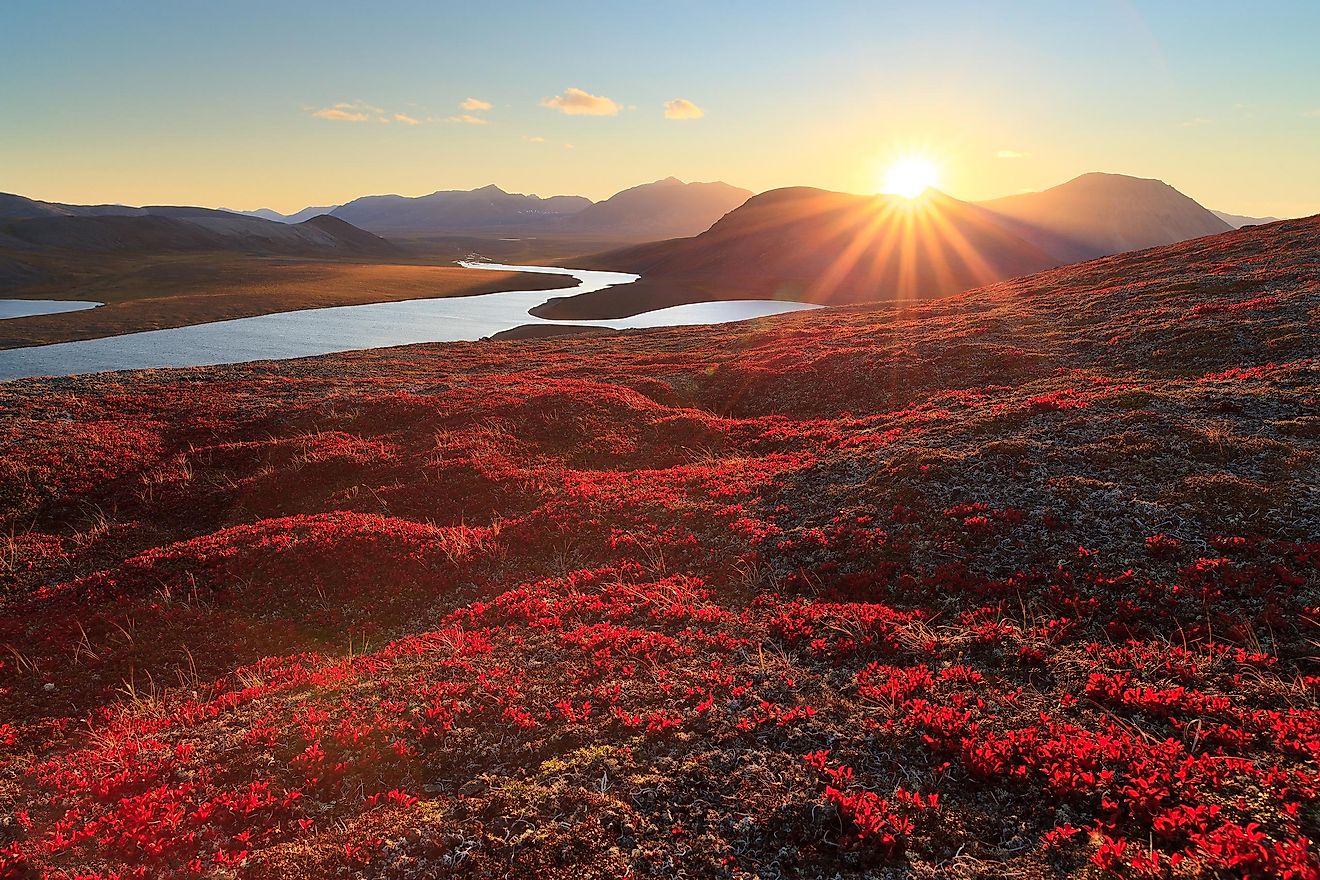What Are Vegetation Patterns?

- Vegetation patterns happen in a vegetation community and they are characterized by specific and repetitive patterns.
- The most common examples of vegetation patterns are tiger bush, fir waves, and strong mire.
- The formation of vegetation patterns is a combination of many phenomena and usually includes some form of a directional aspect.
The vegetation of our world is divided into vegetation regions. These regions are characterized by distinct types of weather, plants, and soil, and are, in turn, divided into several types such as forest, grassland, tundra, desert, and ice sheet. Inside these regions, within a geographical unit, there can be a collection of plant species that form a uniform patch, different than other surrounding patches of vegetation.
Some of these communities can display interesting repetitive patterns in various shapes and forms like stripes or bands, and hexagonal spots. These areas or vegetation communities are called patterned vegetation.
What Are The Examples Of Vegetation Patterns?
Tiger bush is one of the most common examples of vegetation patterns. It is characterized by various bands of trees and separated grass. These plants are approximately parallel to contour lines and are equally elevated. They usually occur in regions that have a lack of water, on low slopes (Australia, North America).
Fir waves for example can also be observed in North America and Japan. These fir waves are formed by wave-regeneration, a form of a cyclic change where old trees die at the front side of the wave. When those mature trees die and fall, a gap is formed that exposes other trees to stronger wind force. These and other combinations of wind exposure and regeneration of trees results in the reproduction of the fir waves in the direction of the wind.
Strong mire or string bog is also an example of patterned vegetation and is most common in areas with periglacial climates because of the long periods of low temperatures. It is characterized by a pattern of narrow ridges pointing at the direction of drainage. They are also known as strangemoore in Northern Europe.
How Do Vegetation Patterns Arise?
The vegetation patterns happen due to the interplay of different phenomenons. In the case of the tiger bush, the growth of the plant is dependant on water and the lack of rainfall in those regions does not allow the vegetation to cover the entire landscape. What happens is that plants go deeper into the soil for water or tap into the soil reservers.
These patterns may appear to be stable but many specific climate conditions need to occur for these patterns to form. Usually, there needs to be a certain directional aspect to these events like the wind in the formation of patterns of the string bog.
However, even without the directional aspect, certain spatial patterns can still occur in regular and irregular forms. They can also occur without an underlying pattern in soil and because of it, they are considered to be self-organized instead of determined by the environment around them.











